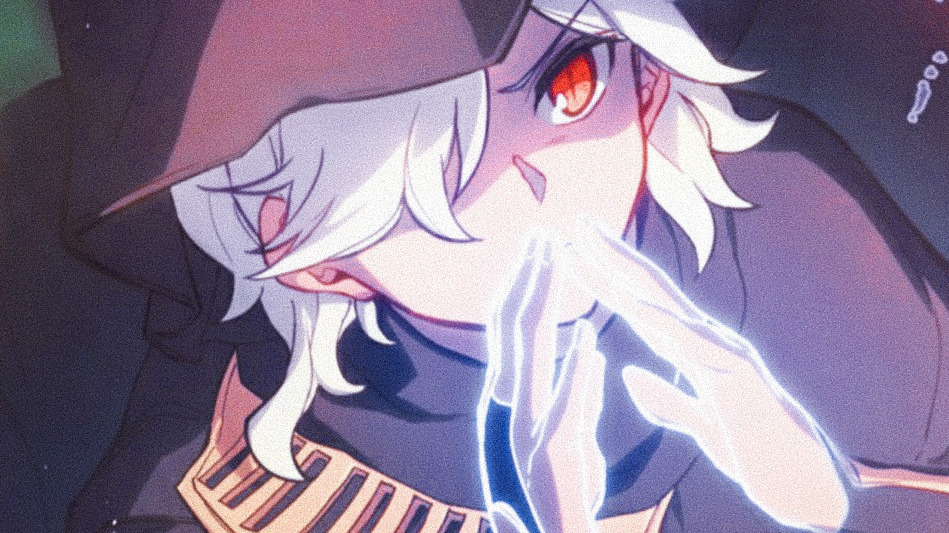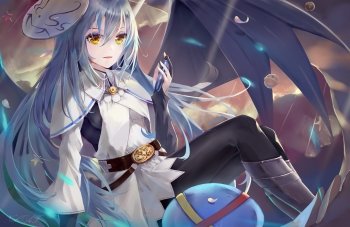Bù nhìn

Bù nhìn là một hình nộm, thường có hình dạng của một con người. Những con bù nhìn hình người thường được mặc quần áo cũ và được đặt trên những cánh đồng trống để ngăn chim làm phiền và ăn hạt giống mới gieo và trồng trọt.[1] Bù nhìn được nông dân sử dụng trên khắp thế giới và là biểu tượng đáng chú ý của các nông trại và vùng nông thôn trong văn hóa đại chúng.
Thiết kế
[sửa | sửa mã nguồn]
Hình dạng phổ biến của bù nhìn là một hình người mặc quần áo cũ và được đặt trên các cánh đồng trống để ngăn cản các loài chim như quạ hoặc chim sẻ làm phiền và ăn hạt giống mới gieo và trồng trọt.[1] Máy móc như cối xay gió được sử dụng như bù nhìn, nhưng hiệu quả giảm dần khi động vật quen với các cấu trúc.[2]
Tham khảo
[sửa | sửa mã nguồn]- ^ a b Lesley Brown (ed.). (2007). "Shorter Oxford English Dictionary on Historical Principles". 6th ed. Oxford: Oxford University Press. ISBN 978-0-19-923324-3.
- ^ Hartshorne, Henry (1881), The Household Cyclopedia of General Information, New York: Thomas Kelly,
Machinery of various kinds, such as wind-mills in miniature, horse rattles, etc., to be put in motion by the wind, are often employed to frighten crows; but with all of these they soon become familiar, when they cease to be of any use whatever.
Additionally, the humanoid frame of the traditional scarecrow was thought to aid in deterring the birds. The most effectual method of banishing them from a field, as far as experience goes, is to combine with one or other of the scarecrows in vogue the frequent use of the musket. Nothing strikes such terror into these sagacious animals as the sight of a fowling-piece and the explosion of gun powder, which they have known so often to be fatal to their race.
Such is their dread of a fowling-piece, that if one is placed upon a dyke or other eminence, it will for a long time prevent them from alighting on the adjacent grounds. Many people now, however, believe that crows like most other birds, do more good by destroying insects and worms, etc., than harm by eating grain.
Liên kết ngoài
[sửa | sửa mã nguồn]Wikimedia Commons có thêm hình ảnh và phương tiện truyền tải về Bù nhìn.
Tra scarecrow trong từ điển mở tiếng Việt Wiktionary
Chúng tôi bán
![[Review Sách] Quân Vương](https://down-bs-vn.img.susercontent.com/vn-11134207-7ras8-m3xseo54r38h50.webp) GIẢM
32%
GIẢM
32%
46.512 ₫
68.000 ₫
 GIẢM
19%
GIẢM
19%
207.000 ₫
257.000 ₫
 GIẢM
44%
GIẢM
44%
28.000 ₫
50.000 ₫
 GIẢM
6%
GIẢM
6%
37.500 ₫
40.000 ₫
 GIẢM
35%
GIẢM
35%
165.000 ₫
255.000 ₫
 GIẢM
32%
GIẢM
32%
17.000 ₫
25.000 ₫



